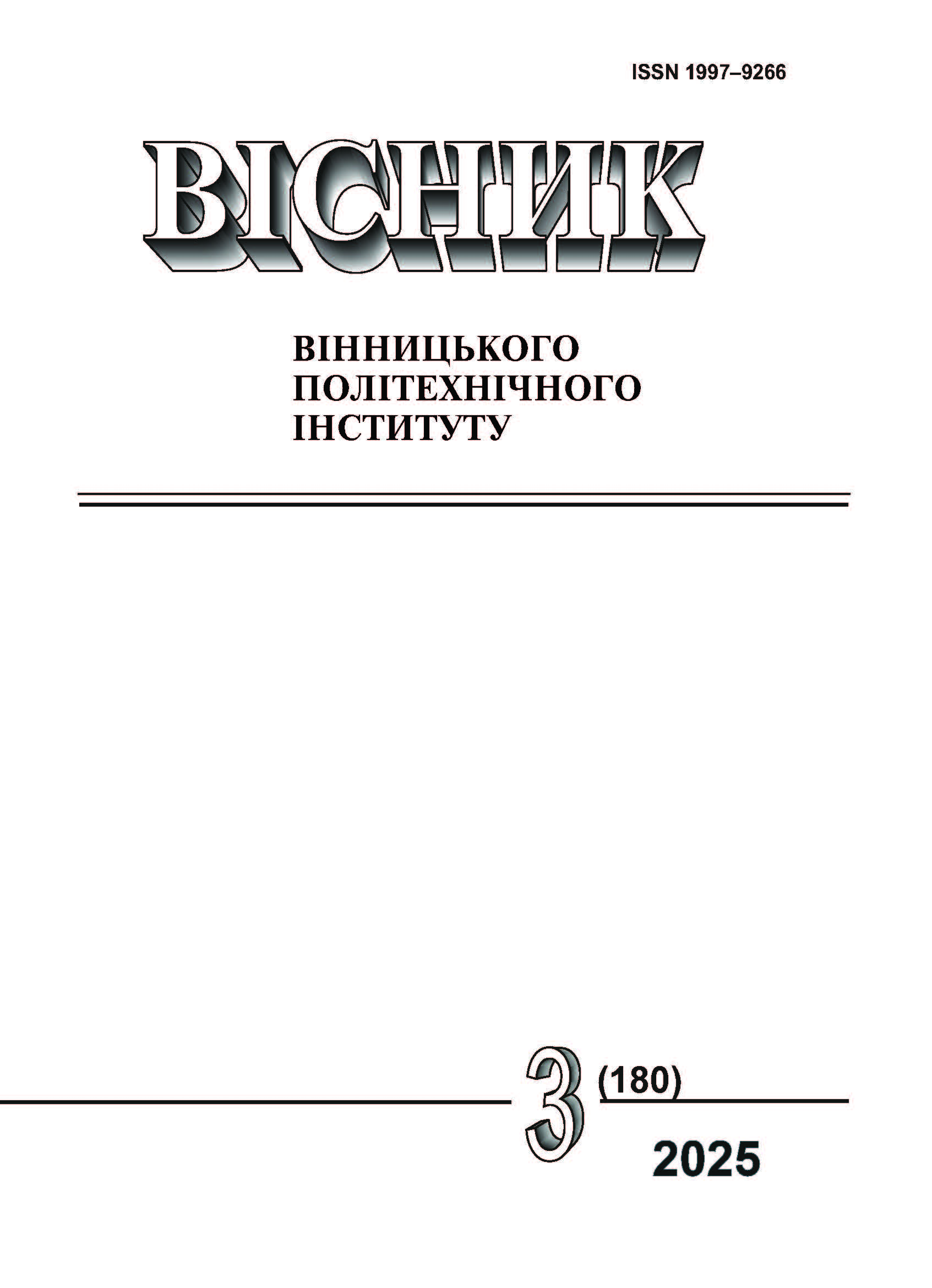Universal Mobile Unit for the Preparation of Cellular Concrete and the Results of the Obtained Products Testing
DOI:
https://doi.org/10.31649/1997-9266-2025-180-3-26-30Keywords:
aerated concrete, building mixture, mixer, installation, load, densityAbstract
The installation for the preparation of cellular concrete refers to the technological equipment of the construction sector, which is used for the preparation of various building mixtures, including mortars and other materials.
The advantage of the machine is its ease of use and simplicity of design. The disadvantage is that the concrete mixer has a small mixing volume. The main task is to choose equipment for preparing aerated concrete. The problem is solved by the installation of a lid that closes tightly and makes it airtight, which makes the mixer especially effective for the production of cellular concrete. At the same time, the equipment retains its versatility, which allows to use it for other building mixtures. The production of aerated concrete includes mixing of raw components, pouring the mixture into the mold, swelling, pre-hardening, cutting and final hardening. Studying the compressive strength by applying a uniform increase in the loading of the sample until its failure allows to assess its bearing capacity. Increasing the cement content in the mixture helps to increase the strength of aerated concrete, but a significant amount of cement can negatively affect its thermal insulation properties. As the density of aerated concrete is less , in case of the less load it will be destroyed, but the evenness of the surface of the cube sample is also an important factor in the experiment. In addition to standard mechanical tests, it is advisable to use non-destructive testing methods, such as ultrasonic scanning and X-ray tomography, to assess the quality of aerated concrete.
The versatility of the design allows the mixer to work with different types of mixtures, ensuring high productivity and product quality, and also adapting to various construction needs.
Having considered the advantages of the proposed installation for preparing cellular concrete, several key aspects can be highlighted, namely: versatility, which allows the mixer to be used for various building mixtures and makes it possible to use it not only for aerated concrete, but also for other materials, such as fiber concrete and dry building mixtures.
References
О. Г. Онищенко, В. О. Онищенко, С. Л. Литвиненко, і Б. О. Коробко, Будівельна техніка, підруч. Київ, Україна: Кондор-Видавництво, 2017, 424 с.
І. А. Ємельянова, В. В. Блажко, і А. І. Аніщенко, «До питання вибору раціонального конструктивного рішення базової машини технологічного комплекта малогабаритного обладнання для будівельного майданчика,» Науковий вісник будівництва. № 1 (91), c. 238-243, 2018.
M. Ali Sana, V. Khante Priyanka, and S. Babade Sagar, “Design and Fabrication of Portable Concrete Mixture Machine,” Datta Meghe Institute of Engineering Technology Research Wardha, no. 2 (4), pp. 700-704, 2018.
S. V. Popov, A. M. Shpylka, and S. M. Gnitko, “The research of mortar components mixing process,” International Journal of Engineering & Technology, 2018, no. 3.2 (7), pp. 27-31.
I. A. Rohozin, O. S. Vasyliev, and A. K. Pavelieva, “Determination of Building Mortar Mixers Effectiveness,” International Journal of Engineering & Technology, 2018, no.3.2(7), pp. 360-366.
ДСТУ Б В.2.7-137:2008. Будівельні матеріали. Блоки із ніздрюватого бетону стінові дрібні. Технічні умови (41007). Київ, Україна: Мінрегіонбуд України.
ДСТУ Б В.2.7-45:2010. Бетони ніздрюваті. Загальні технічні умови. Київ, Україна: Мінрегіонбуд України.
ДСТУ Б В.2.7-220-2009. Будівельні матеріали. Визначення міцності механічними методами неруйнівного контролю. Київ, Україна: Мінрегіонбуд України.
ДСТУ Б В.2.7-214:2009. Будівельні матеріали. Бетони. Методи визначення міцності за контрольними зразками. Київ: Мінрегіонбуд України.
Л. Й Дворкін, В. І. Гоц, і О. Л. Дворкін, Випробування бетонів і будівельних розчинів. Проектування їх складів. Київ, Україна: Основа, 2014, 304 с.
О. В. Ушеров-Маршак, В. І. Гоц, і О. В. Кабусь, Бетони та будівельні розчини. Київ, Україна: Основа, 2022, 93 с.
Downloads
-
pdf (Українська)
Downloads: 46
Published
How to Cite
Issue
Section
License

This work is licensed under a Creative Commons Attribution 4.0 International License.
Authors who publish with this journal agree to the following terms:
- Authors retain copyright and grant the journal right of first publication.
- Authors are able to enter into separate, additional contractual arrangements for the non-exclusive distribution of the journal's published version of the work (e.g., post it to an institutional repository or publish it in a book), with an acknowledgment of its initial publication in this journal.
- Authors are permitted and encouraged to post their work online (e.g., in institutional repositories or on their website) prior to and during the submission process, as it can lead to productive exchanges, as well as earlier and greater citation of published work (See The Effect of Open Access).





